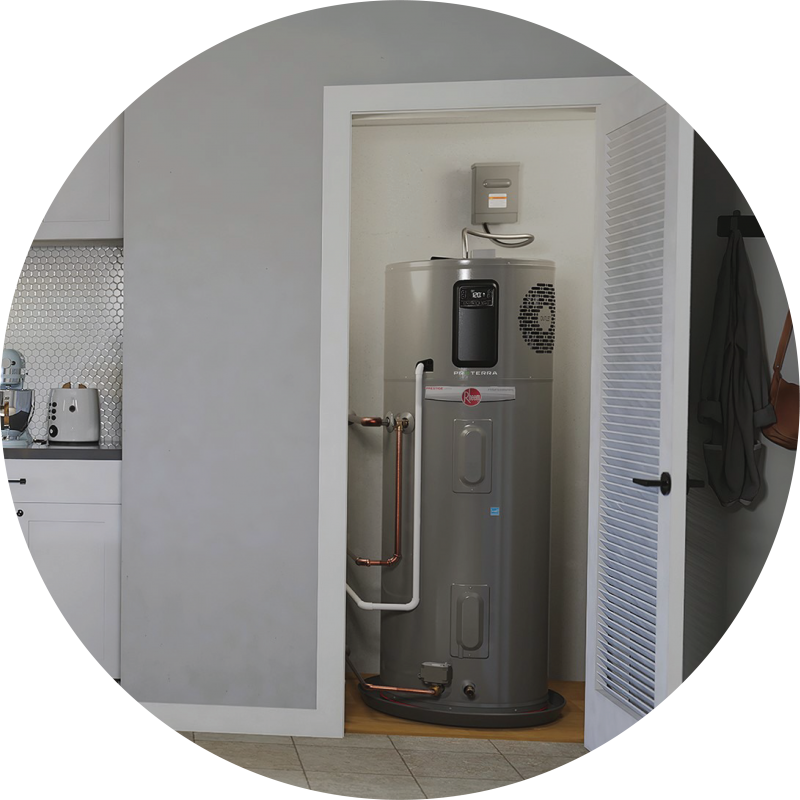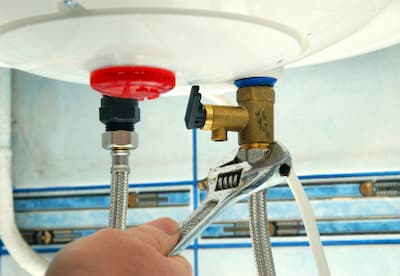Essential Guidance on Caring for Your Home's Hot Water SystemHow to Successfully Maintain Your Home's Hot Water SystemWhat to Maintain Your Home's Hot Water System Effectively
Call TodayDo you find yourself trying to locate resources concerning Tips on Maintaining a Water Heater?

Hot water is necessary for day-to-day convenience, whether it's for a refreshing shower or washing recipes. To ensure your warm water system runs efficiently and lasts longer, regular upkeep is key. This article supplies sensible tips and insights on just how to maintain your home's warm water system to avoid interruptions and expensive fixings.
Introduction
Maintaining your home's warm water system might appear complicated, but with a couple of basic steps, you can guarantee it runs smoothly for years to come. This overview covers everything from recognizing your warm water system to do it yourself maintenance tips and understanding when to call specialist assistance.
Value of Keeping Your Hot Water System
Normal upkeep not just extends the life-span of your hot water system but also guarantees it runs efficiently. Neglecting maintenance can lead to decreased performance, higher energy bills, and also early failing of the system.
Indicators Your Warm Water System Needs Upkeep
Recognizing when your warm water system needs attention can stop significant problems. Keep an eye out for signs such as inconsistent water temperature, strange sounds from the heating system, or rusty water.
Flushing the Water Heater
Flushing your hot water heater gets rid of debris build-up, boosting effectiveness and lengthening its life.
Monitoring and Changing Anode Rods
Anode poles prevent corrosion inside the container. Inspecting and changing them when broken is essential.
Complicated Problems Requiring Expert Help
Examples consist of major leakages, electric problems, or if your hot water heater is continually underperforming.
Regular Professional Maintenance Advantages
Professional maintenance can consist of complete assessments, tune-ups, and making sure conformity with safety and security requirements.
Examining and Adjusting Temperature Level Setups
Adjusting the temperature setups makes certain ideal efficiency and security.
Do It Yourself Tips for Upkeep
You can do numerous upkeep jobs yourself to maintain your warm water system in top problem.
Looking for Leaks
Regularly inspect pipelines and links for leakages, as these can lead to water damages and higher expenses.
Understanding Your Warm Water System
Prior to diving into maintenance jobs, it's valuable to understand the fundamental parts of your warm water system. Typically, this consists of the water heater itself, pipes, anode rods, and temperature level controls.
Month-to-month Upkeep Tasks
Normal monthly checks can assist capture small issues before they intensify.
Checking Stress Alleviation Valves
Evaluating the pressure safety valve guarantees it functions properly and prevents excessive pressure accumulation.
Shielding Pipelines
Insulating hot water pipelines lowers warm loss and can conserve power.
When to Call a Specialist
While do it yourself maintenance is valuable, some problems require expert expertise.
Conclusion
Routine maintenance of your home's hot water system is essential for effectiveness, durability, and cost savings. By complying with these tips and understanding when to look for specialist help, you can make certain a trustworthy supply of warm water without unforeseen interruptions.
Water Heater Maintenance Tips
Test the TPR Valve
Shut off the power and the cold-water supply valve. Place a bucket under the pipe connected to the temperature-pressure-release (TPR) valve on the top or side of the tank. (This valve opens if the tank pressure gets too high.) Lift the valve’s tab to let some water out, then let go. If water keeps flowing, drain the tank partway, unscrew the old valve with a pipe wrench, and install a new one. Check the Anode Rod
Put a hose to the tank’s drain cock and let out a few gallons of water. Now fit a 1 1/16-inch socket onto the rod’s hex head on top of the heater (or under its top plate) and unscrew the rod. If it’s less than ½ inch thick or coated with calcium, buy a new one, wrap its threads with Teflon tape, put it back in the tank, and tighten securely. Use this segmented rod if headroom above the tank is limited. Drain the Tank and Wash Out Sediment
Drain the remaining water in the tank into the bucket, then stir up the sediment on the tank’s bottom by briefly opening the cold-water supply valve. Drain and repeat until clean water comes out of the hose. Close the drain cock, refill the tank, and turn its power back on. Adjust the Temperature
Find the temperature dial on the side of the tank and unscrew its cover. Adjust the dial to 120 degrees using a flathead screwdriver. For every 10 degrees the temperature is lowered, you can expect to save up to 5 percent in energy costs. Turn the water heater off or the thermostat down to its lowest setting if you plan to be away from home for more than three days. Insulate the Pipes
Buy some self-sticking 3/8-inch-thick foam pipe insulation that matches the pipes’ diameter. Slide the foam over the hot-and cold-water pipes as far as you can reach. Insulating the cold-water pipe prevents condensation in summer. Peel the tape and squeeze the insulation closed. If the pipe is 6 inches or less from the flue, cover it with 1-inch-thick unfaced fiberglass pipe wrap. https://www.thisoldhouse.com/plumbing/21016402/how-to-maintain-a-water-heater

I discovered that review on Tips on Maintaining a Water Heater while exploring the search engines. Enjoyed reading our posting? Please quickly share it. Help someone else discover it. Thanks a lot for taking the time to read it.
Book A Service Call